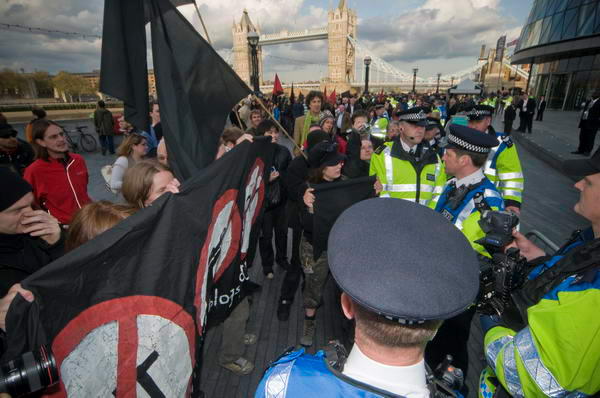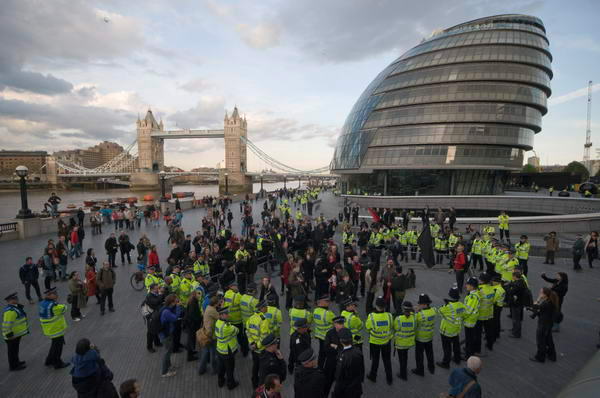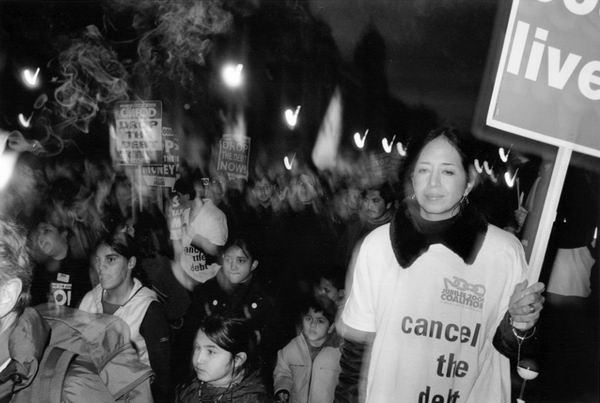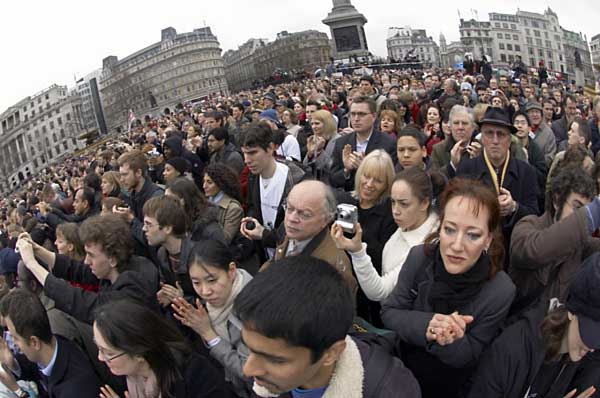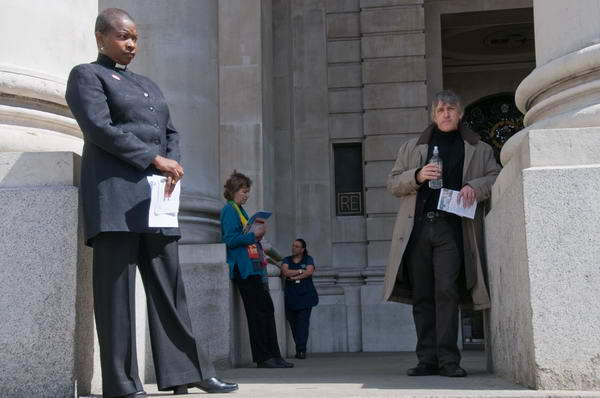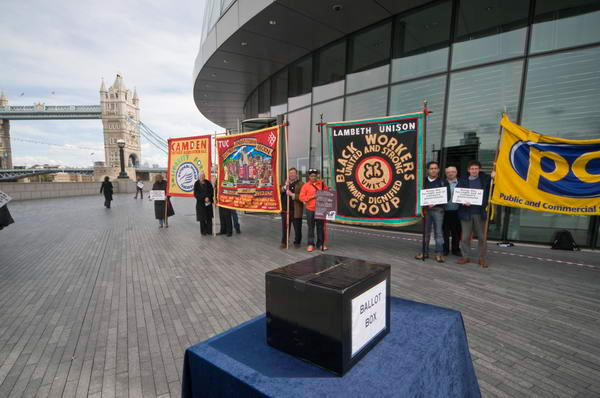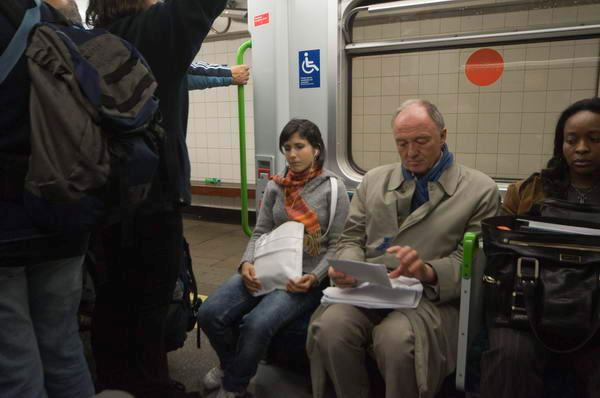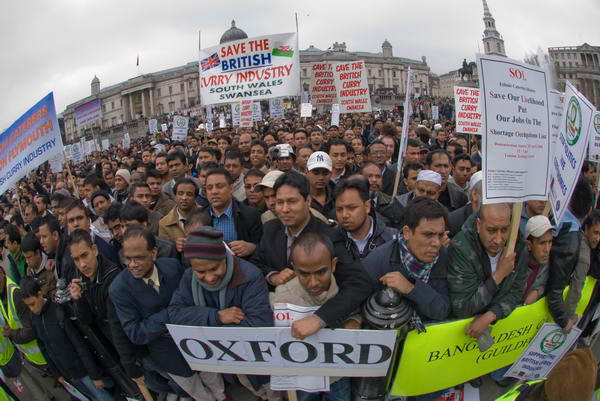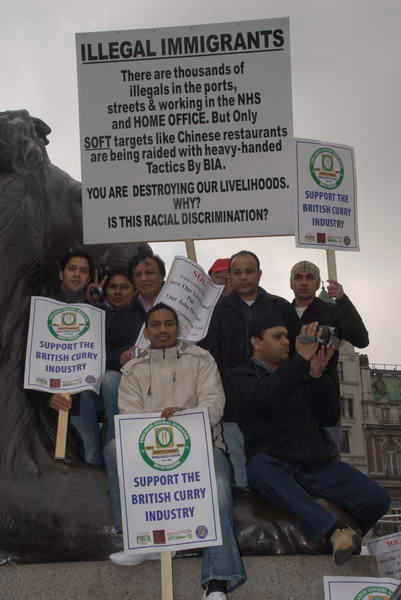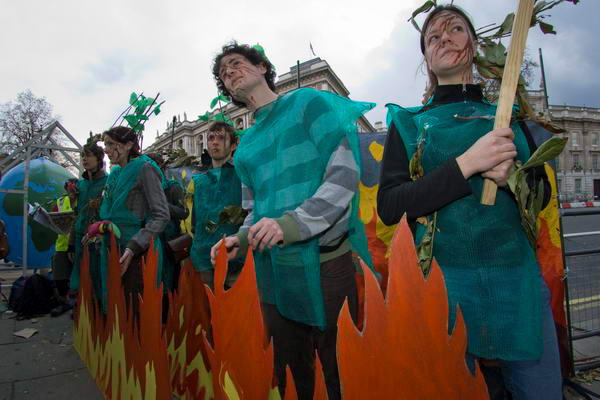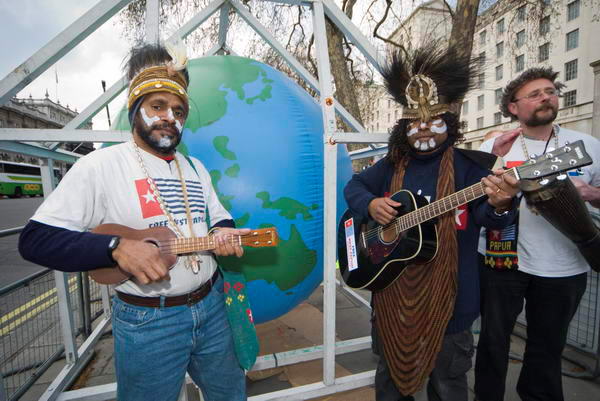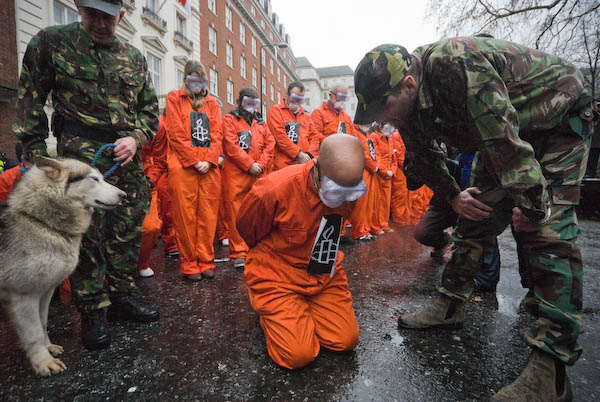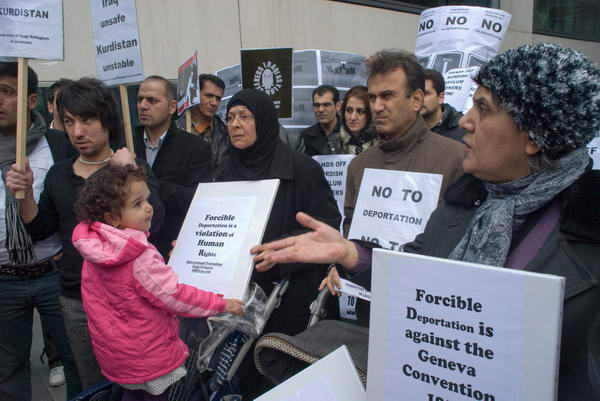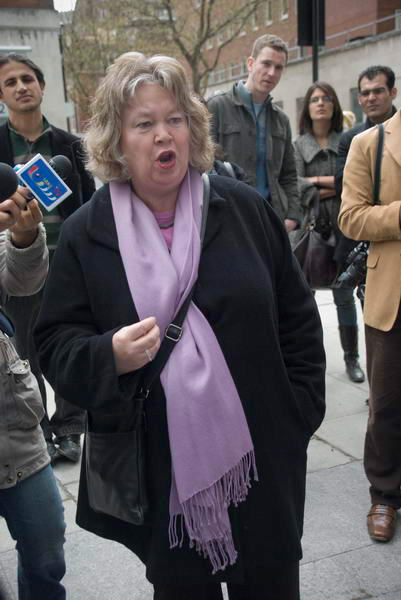Perhaps the silliest of our Bank Holidays is the early May one, introduced in 1978 by the the Callaghan Labour government as a sop to the unions who had wanted a holiday on May Day, celebrated in many countries around the world as International Workers’ Day. But they bowed to pressure from business who didn’t like the idea of a holiday that might be on any day of the week, and instead of May 1, made it the first Monday of the year. So Britain’s workers either have to take a day off work or miss May Day celebrations except in those years where it happens to fall on a Monday.
This year it was a Thursday, and most of the unions – whose participation has always been half-hearted – wanted to forget the whole thing in favour of the local elections on the same day, including those of the London Mayor. But in the end it went ahead – probably because the Turks, the Kurds and a few others would have marched whatever – but with very little support from the unions.
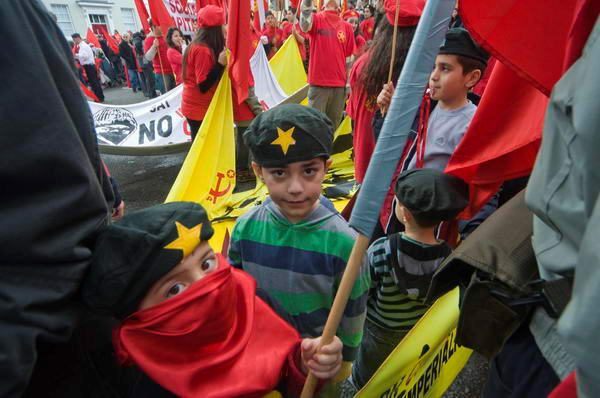
As usual Clerkenwell Green was awash with red uniforms, and there were banners with images of Karl Marx and other communist notables – including a large painting of Joseph Stalin. One of my earliest memories is the newspaper and radio coverage of the death of ‘Uncle Jo’, but now we know rather more about him.
As the march left Clerkenwell Green I committed a grave sin and actually set up a picture:
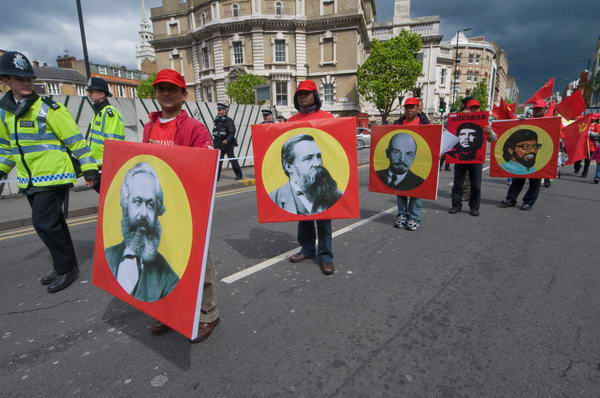
Without a little arrangement it was impossible to see all of the five pictures which were being carried in line. But everything else on My London Diary is as it was.
From Clerkenwell Green I walked down to Farringdon with some other photographers and took the tube to Green Park, where the Space Hijackers were gathering to hold a May Fayre in Mayfair – from where it had been banned in 1708 when the area started going up in the world. However unlike the original it was only going to last a few hours rather than 15 days.
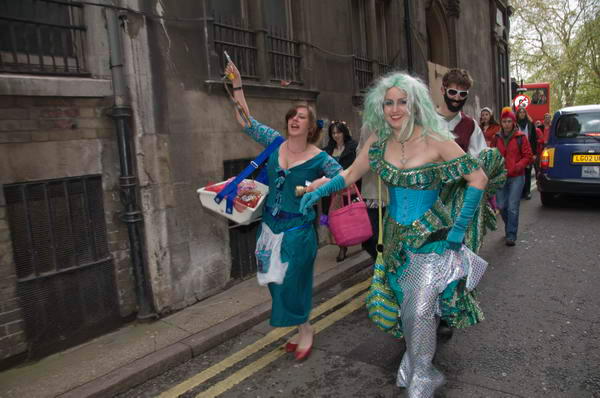
On the way to Shepherd Market
When the Olympic Torch was in London (largely surrounded by Chinese thugs when not hidden on the coach) police made a distinction in the way they policed those who wanted to celebrate China’s human rights record compared to those who wanted to demonstrate in favour of the Beijing Olympics. Human rights protesters were penned behind barriers and kept at a distance, while pro-Chinese demonstrators were allowed to line the route.
Police justified this by saying that they didn’t stop people celebrating – but that demonstrations were covered by the Public Order Act. So the May Fayre wasn’t a demonstration but a celebration, and whatever the police thought about this they stood back and let it happen, if keeping the event under a very watchful eye.
Although police stood across the roads leading into Shepherd Market, at least while I was there they didn’t stop anyone entering or leaving on foot, although most cars were turned away. And while those in charge didn’t seem amused, many of the officers watching obviously enjoyed watching the partying, even though they were not allowed to take part – except in the ritual encounter between FIT and Fitwatch.
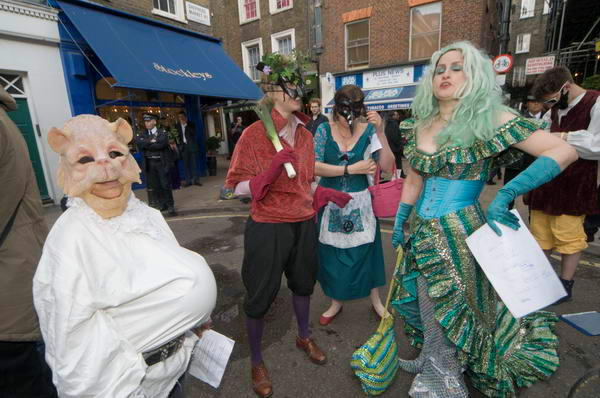
A May Day entertainment
More pictures on My London Diary.
